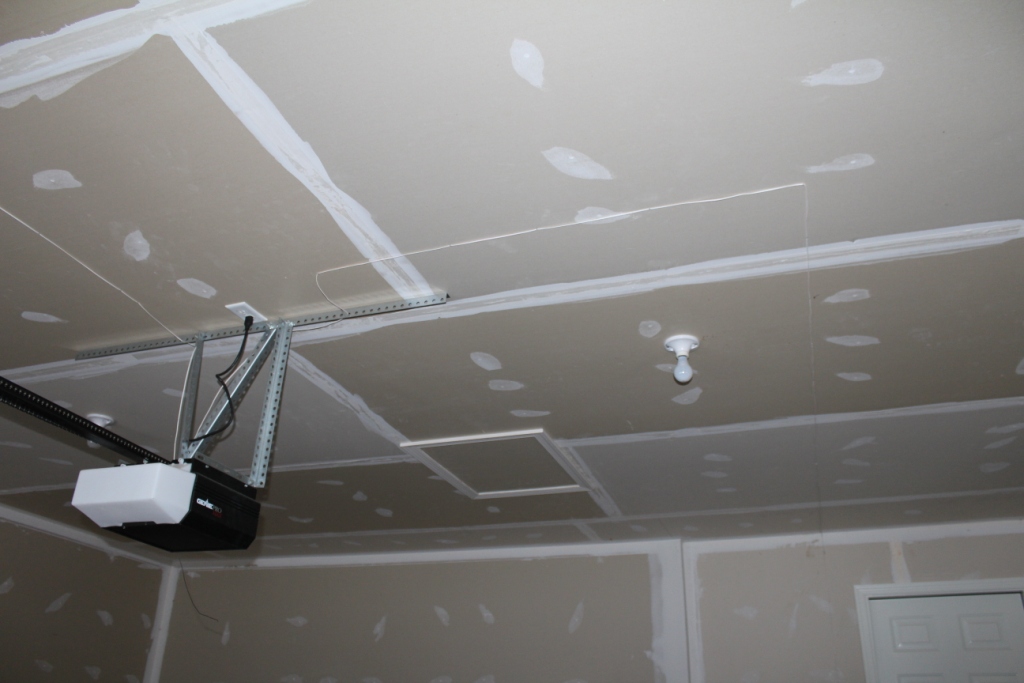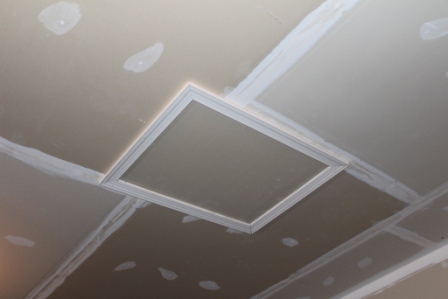Garage Inspection for Fire Prevention
0 Comments | Posted by armchairbuilder in Build Your Own Home, Owner-Builder, Quality Check
When building a new home, it’s important to perform a thorough garage inspection both during construction and before closing to help prevent the spread of fires. According to the U.S. Fire Administration, there were 6,600 garage fires in residential buildings from 2009 to 2011. As a result of these fires, there were thirty deaths, 400 injuries and $457 million in property damage. Let’s take a look at some major items to review in a proper garage inspection when it’s attached to your new home.
House Entry Door
The door that connects the inside of your home to the garage is a very important component to preventing fire spread into the home. Therefore, it should be reviewed on a thorough garage inspection. Any door that connects the house to the garage should have a self closing mechanism. In the event of a fire, people using the door as a means of egress may not have the time to safely close the door. This can create an easy access point for the fire to enter the home. If you do everything else correctly and leave the door open, all your hard work was for nothing. Typically, the door will have a spring loaded hinge that will automatically pull it closed.
In addition to the self closing feature, the door should be built to slow the spread of a fire. Some local building codes require the door to be fire rated for a given time frame (typically 20 minutes). If no fire rating is noted, the door should be a minimum of 1-3/8″ thick solid wood or honeycomb-core steel door. In addition, the door should seal up tight to the weatherstripping. Not only will this keep the cold air out, but it will also help keep poisonous fumes, smoke and fire from entering the living space.
Fire Wall and Your Garage Inspection
The wall that separates the home and the garage is called a fire wall. This wall is critical to keeping a fire that starts in the garage contained. Below are the key items that should be reviewed on the firewall during the garage inspection.
- 5/8″ thick drywall should be installed on the garage side of the wall with all of the joints be taped
- Protrusions through the wall should be sealed with fire caulk
- Ductwork – No ductwork should connect the living space and the garage. Not only does this prevent fire/smoke spread, but it also keeps poisonous fumes from being transferred to the living space from gasoline, paint, paint thinners, car exhausts…etc.
- Pipes and Hoses – No plastic or aluminum pipes or hoses should extend from the garage into the home. In the event of a fire, these can melt leaving an entry point into the home.
- Attic Access should be constructed with non-combustible material. So the drywall attic access panel should not be held in place with wood trim that will burn. One alternative is to drywall the sides of the rough opening in the ceiling and place the drywall panel on top.
- Electrical Boxes should be protected to prevent fire spread. This can be accomplished with fire rated boxes, putty pads, mineral wool or fiberglass. Electrical boxes should not be installed back to back in a fire wall or ceiling of a garage.
Optional Features for Garage Fire Protection
Garages frequently have gasoline powered equipment running in them including cars, motorcycles, lawn mowers, snow blowers…etc. For this reason, it’s impractical to have a smoke detector in the garage. Instead, you may want to consider a heat sensor on the ceiling. When temperatures rise to a pre-established range, the alarm will sound, alerting the occupants of the home. These heat detectors can also be useful in kitchens and can be tied to a monitored home security system to alert the fire department.
A thorough garage inspection can help identify problems with your new space. If a fire does break out in your new garage, the proper construction methods will slow down the spread to give your family time to get to a safe place. Have you checked out our new e-Book that covers the steps needed to build a quality home? I’s called, Building a Home: A Step by Step Guide.




